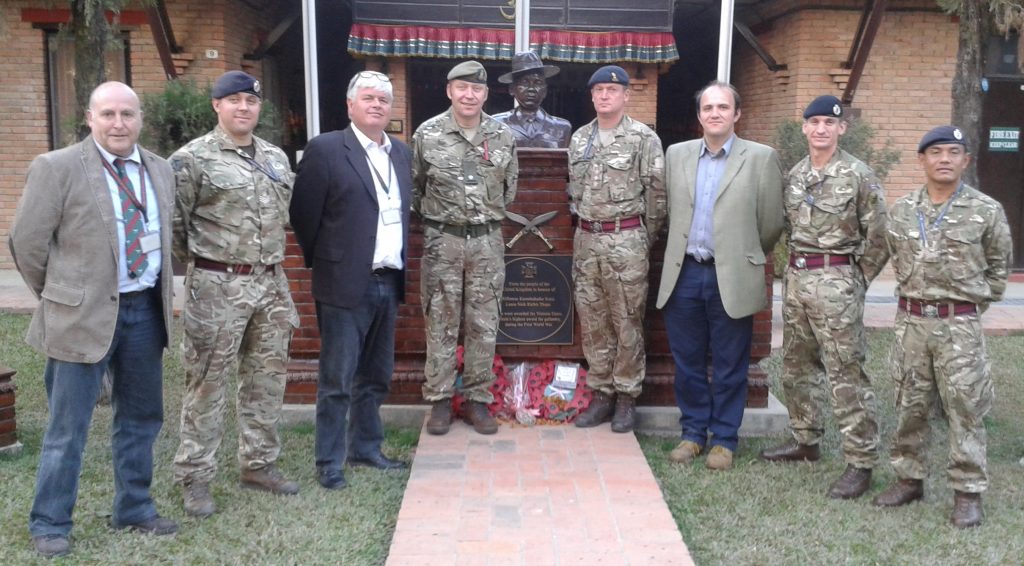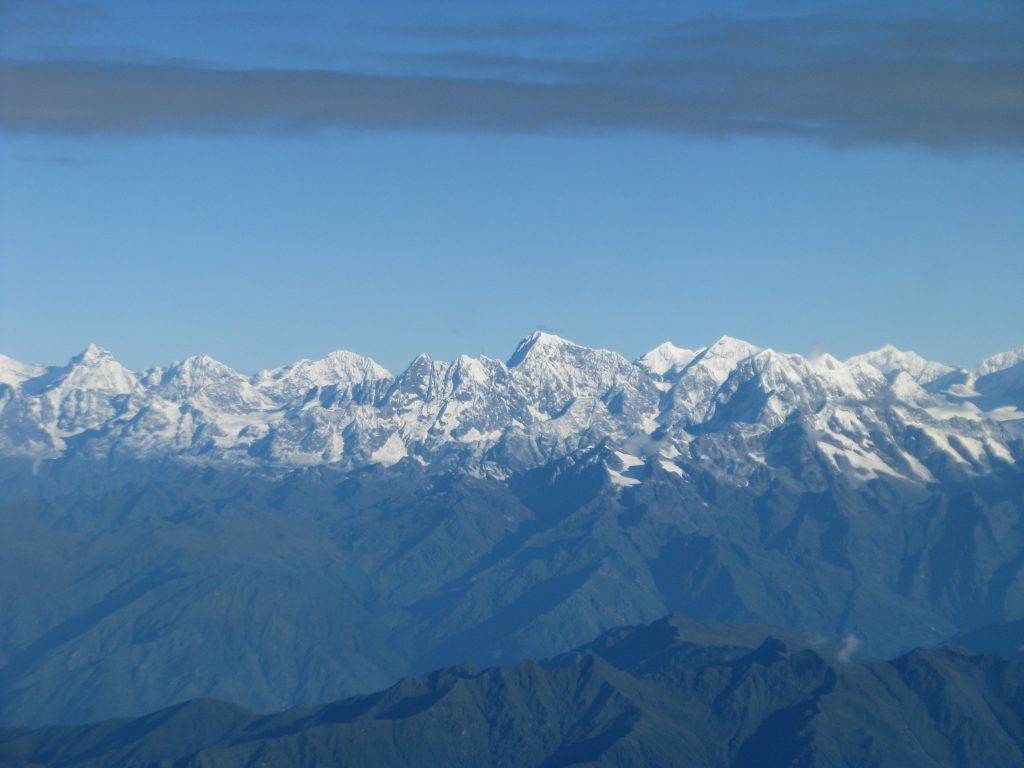The Defence Infrastructure Organisation (DIO) looks after thousands of sites, buildings and training areas, mostly in the UK but also overseas. At regular intervals they all have to be checked for things like Health and Safety. My name is Steve Moss and I’m an Health and Safety Advisor and I’ve recently returned from one of the more far-flung of those sites, in Nepal.
I’m normally based in Portsmouth, but occasionally they let me out of the office. Besides me, the team that travelled to Nepal included ecologist Iain Perkins and Nick Andrews-Gauvain, an overseas Environmental Advisor.

But the mayhem that is life in Kathmandu turned into an oasis of calm and serenity once we were behind the high walls of the compound. There we began our work in earnest and worked closely with the DIO and Quartermaster on everything that had to be checked, audited, recorded and reported on.
Our journey to Nepal involved visiting three sites: Kathmandu, Pokhara and Dharan. The last two are recruiting centres. Apparently there are huge queues at selection time with hopefuls whittled down via a series of rugged tests and exercises. The final one involves a seriously long run up a hill , which in my book is a mountain, with a basket on their backs loaded with 25kg of rocks. I was exhausted just hearing about it!
It wasn’t all work and one evening the team braved a night out in Kathmandu. Our first task was to navigate the fifteen criss-crossing haphazard lanes of traffic between us and our chosen restaurant. It was a mass of dogs, bicycles, mopeds, motorbikes, rickshaws, three-wheeled buses, cars, coaches and anything that could have a wheel fitted to it. The bicycles were amazing, often pilled two metres high with goods, and it’s not uncommon to see a moped carrying a family of five.
We flew to the other sites at Pokhara and Dharan and got some great views of Everest. They were a refreshing change from Kathmandu because of the slower pace of life, and the much improved air quality.

Dharan camp has been much reduced in recent years, with a large teaching hospital having taken over many of the buildings. There are a few administrative buildings, a brick field kitchen, dining hall, plus an interview and exam hall and the Gurkha cemetery, which is very well maintained and has an un-natural silence which I found very moving.
The third site was at Pokhara. It’s a city is based around a huge lake and has a reputation of being a playground for Western visitors and well-off Nepalese. The barracks are far larger and more spread out than HQ Kathmandu. We were warmly welcomed and everyone we met from the facilities team to the commanding officer were extremely helpful.
Most of our work went smoothly, but we did identify some problems with trees. Trees in all the camps hadn’t been properly managed. At Pokhara there was a maintenance system but it didn’t really work. We devised a plan to deal with those considered dangerous, and urgent work was agreed locally via input from our DIO man back in ‘Blighty’.
I’ll never forget the beautiful scene from the veranda of the mess, over the immaculate football pitch to the hills in the distance with their individual temples – quite stunning.
Then no sooner had we arrived but it was time to leave. The last couple of days were spent report writing, holding wash-up meetings with stakeholders and visiting the CO at the British Embassy. Then unfortunately it was time to say goodbye but we were warmly sent on our way with gifts of silky scarfs, which apparently signify good luck on a long journey home.
3 comments
Comment by Toby Ord posted on
I believe that is one of the most vital information for me. And i am satisfied studying your article
Comment by Ian Franklin posted on
Excellent and insightful article. Thank you!
Comment by DIO Communications Team posted on
Thanks Ian, glad you enjoyed!